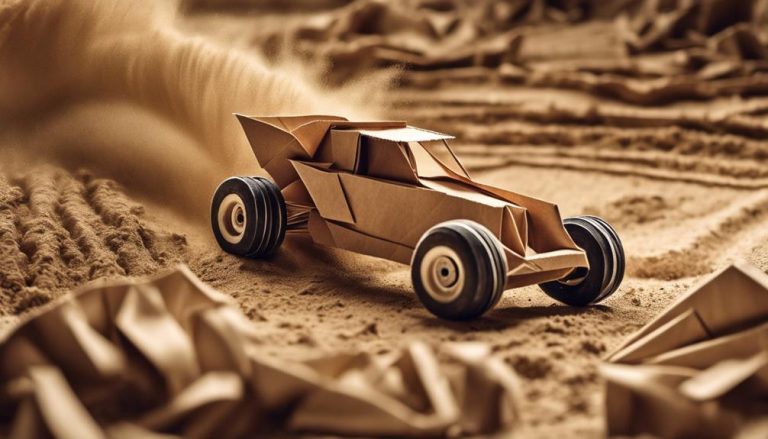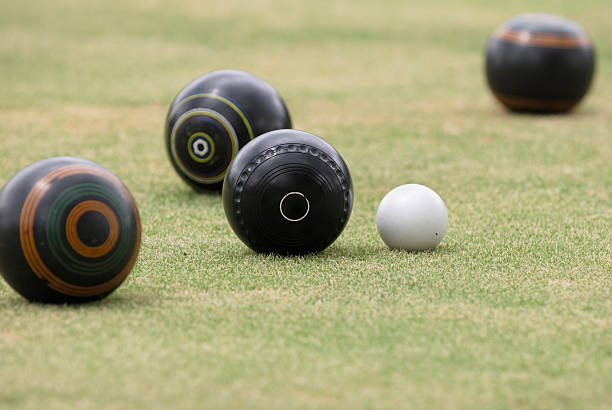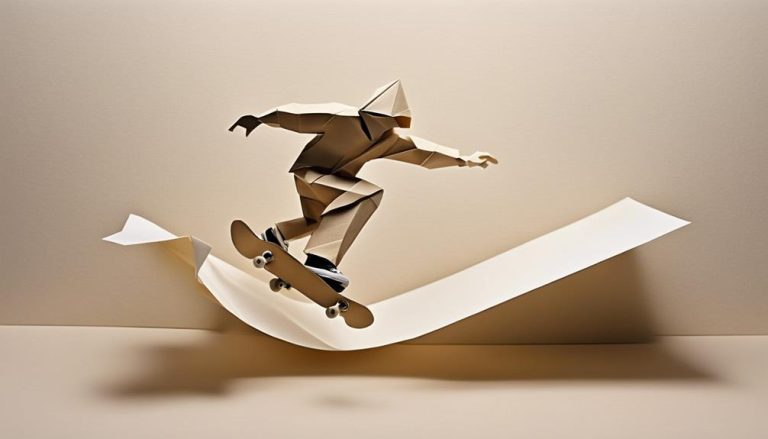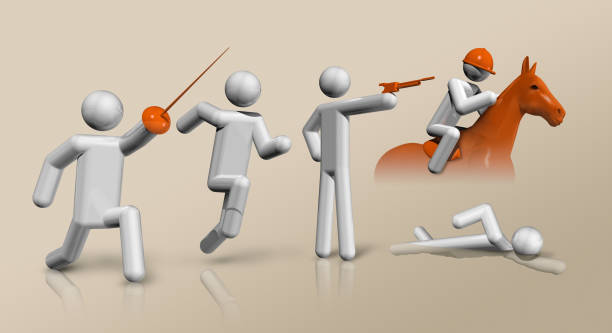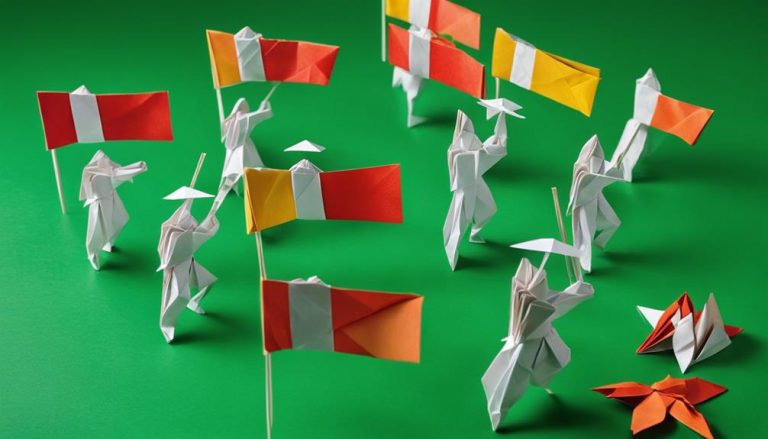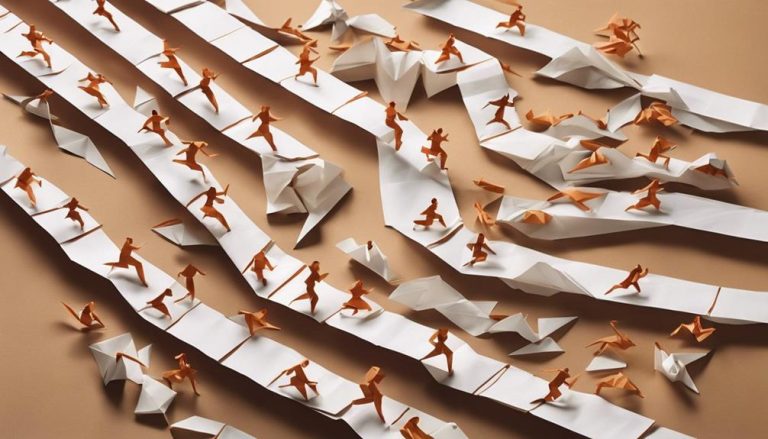General Rules of Mallakhamba Sport
In Mallakhamba sport, it's often said that 'practice makes perfect.' But what exactly does it take to excel in this unique discipline? Understanding the general rules is essential for any aspiring athlete. From the equipment requirements to the scoring system and safety regulations, maneuvering these guidelines can be the difference between victory and defeat. So, let's explore the intricate framework that governs Mallakhamba competitions and sets the stage for thrilling displays of strength and agility.
Mallakhamba Equipment Requirements
When practicing Mallakhamba, it's important to have the necessary equipment to support your routines effectively. Equipment maintenance is key to guaranteeing your safety during training sessions. Before each practice, carefully inspect your Mallakhamba apparatus for any signs of wear and tear. Tighten any loose bolts, check the ropes for fraying, and make sure that the wood is in good condition. By maintaining your equipment regularly, you can prevent accidents and injuries while performing intricate maneuvers.
Training techniques play a crucial role in your progression as a Mallakhamba athlete. Start with basic poses and gradually work your way up to more advanced moves as you build strength and flexibility. Consistent practice is essential for mastering this ancient Indian sport. Focus on proper form and technique to execute each pose with precision and grace. Remember to listen to your body and take breaks when needed to avoid overexertion.
As you advance in your Mallakhamba practice, consider investing in high-quality equipment that meets safety standards. Your equipment should be sturdy, reliable, and able to withstand the demands of your training. By prioritizing equipment maintenance and following proper training techniques, you can enhance your Mallakhamba skills while minimizing the risk of accidents. Stay dedicated, stay safe, and enjoy the journey of mastering this unique and empowering sport.
Competitor Attire Guidelines
Proper attire is a fundamental aspect of Mallakhamba competitions, ensuring both safety and performance efficiency. Competitors must adhere to specific uniform standards to participate in Mallakhamba sports. The dress code suggestions are designed to provide comfort, flexibility, and safety during the rigorous routines involved in this traditional Indian sport.
When it comes to uniform standards, athletes are typically required to wear important-fitting clothing that allows for freedom of movement. This is vital as loose apparel can get entangled in the wooden pole or the rope, posing a safety hazard. Many athletes opt for tight-fitting leggings or shorts paired with a form-fitting t-shirt. Some also choose to wear traditional Indian dhotis for cultural significance.
In Mallakhamba, the attire worn by competitors not only adheres to safety protocols but also aids in enhancing performance efficiency. The clothing should be moisture-wicking to keep the athletes dry and comfortable during their routines. Additionally, the outfit should not have any accessories or embellishments that could cause distractions or interfere with the athlete's grip on the pole.
Duration and Scoring System
When it comes to Mallakhamba, mastering the time limits and understanding the point allocation system is essential. To excel in this sport, you must pay close attention to the clock and make every move count towards earning points. The precision of your performance and adherence to the scoring guidelines will ultimately determine your success in Mallakhamba competitions.
Time Limits
Understanding the time limits in Mallakhamba sport is important for both participants and spectators to grasp the intensity and strategy behind this unique discipline. Mallakhamba routines are timed in order to challenge the athletes and keep the audience engaged. Here are some key aspects to take into account:
- Duration: Each Mallakhamba performance typically lasts between 3 and 5 minutes, testing the athlete's endurance and skill.
- Precision: Athletes must execute their moves within the time limit to showcase their mastery over the discipline.
- Judging Criteria: Judges closely monitor the timing of each element, emphasizing the importance of sticking within the allocated time.
- Strategic Pacing: Athletes need to balance speed and control to make the most of their allotted time while maintaining form and technique.
Point Allocation
Exploring the intricate point allocation system in Mallakhamba sport requires a keen eye for detail and a deep understanding of the scoring criteria. In Mallakhamba, each routine is meticulously evaluated based on a scoring breakdown that considers various elements such as strength, flexibility, technique, and overall performance. The skill assessment is a critical aspect of determining the points awarded to the participants. Judges analyze the execution of poses, changes between postures, and the fluidity of movements to assign scores accurately. Mallakhamba's scoring system aims to reward not only the physical prowess of the athletes but also their artistry and grace on the pole. Understanding the nuances of point allocation adds a layer of appreciation for the sport's complexity and beauty.
Judging Criteria and Panel
When it comes to Mallakhamba sport, understanding the points system is essential. You'll need to grasp the scoring system overview and the qualifications required for the judging panel. This knowledge will give you insight into how performances are assessed and ranked in this unique sport.
Scoring System Overview
To understand the scoring system in Mallakhamba sport, it is essential to grasp the judging criteria and the panel responsible for evaluating the performances. Here are some key points to ponder:
- Technique Analysis: Judges evaluate the execution of various techniques such as gripping the pole, balancing, and moving between poses.
- Difficulty Levels: Scores are also based on the complexity and risk involved in the maneuvers performed by the athlete.
- Execution and Fluidity: Smooth movements and flawless execution contribute to higher scores.
- Creativity and Presentation: Athletes who bring a unique flair to their routines and engage the audience tend to score better.
Understanding these aspects will give you insight into how Mallakhamba performances are scored and judged.
Panel Qualifications Needed
The qualifications required for individuals serving on the judging panel in Mallakhamba sport are important to guarantee fair and accurate evaluations of athletes' performances. Panel selection plays an essential role in ensuring the credibility of the scoring process. Judges must have a deep understanding of Mallakhamba techniques, rules, and regulations. Experience in practicing or coaching Mallakhamba is often a prerequisite for being considered for a judging position. Additionally, specific qualifications and training programs are designed to equip judges with the necessary skills to assess performances objectively. Continuous education and exposure to high-level competitions are also important for panel members to stay updated and maintain consistency in their evaluations. By having a well-trained and experienced judging panel, Mallakhamba can uphold the integrity of its competitive landscape.
Safety Regulations and Precautions
For ensuring the safety of participants in Mallakhamba sport, it is important to adhere strictly to established safety regulations and precautions. Mallakhamba, being a physically demanding sport that involves acrobatic and gymnastic elements, requires careful attention to safety measures to prevent injuries. Here are some key safety regulations and precautions to keep in mind:
- Safety Gear: Prioritize the use of appropriate safety gear such as padded clothing, wrist supports, and chalk to enhance grip during performances. Ensuring that participants are equipped with the right gear can greatly reduce the risk of injuries while practicing or competing in Mallakhamba.
- Warm-Up and Stretching: Encourage thorough warm-up routines and stretching exercises before engaging in Mallakhamba activities. Proper warm-up not only prepares the body for the physical demands of the sport but also helps in preventing muscle strains and sprains.
- Qualified Supervision: Always practice Mallakhamba under the supervision of qualified trainers or coaches who are well-versed in safety protocols. Trained professionals can provide guidance on proper techniques, form corrections, and make sure that participants follow safety guidelines.
- Hydration and Rest: Emphasize the importance of staying hydrated and taking an adequate amount of rest between training sessions. Proper hydration and rest play a vital role in maintaining physical well-being, reducing fatigue, and preventing accidents due to exhaustion.
Competition Categories and Levels
Ready to explore the diverse categories and levels of Mallakhamba competitions? Mallakhamba competitions are organized into various categories based on age groups, gender, and skill levels. Participants can showcase their prowess in different divisions ranging from youth to seniors, creating a platform for all enthusiasts to engage in this traditional Indian sport.
In Mallakhamba competitions, training techniques and conditioning methods play a critical role in ensuring athletes are at their peak performance levels. Athletes focus on building strength, flexibility, and balance through rigorous training routines to excel in their respective categories. The preparation involves honing specific skills required for different levels of competition.
Additionally, strategy tactics and mental preparation are essential components for success in Mallakhamba competitions. Athletes need to devise plans to execute their routines flawlessly, incorporating elements that highlight their strengths. Mental preparation is equally important, as competitors must maintain focus, confidence, and composure during their performances to impress the judges and the audience.
Whether you are a seasoned competitor or a novice looking to enter the world of Mallakhamba competitions, understanding the various categories and levels is essential for your journey in this mesmerizing sport. Embrace the challenges, refine your skills, and immerse yourself in the rich tapestry of Mallakhamba competition culture.
Penalties and Disqualifications
As you progress through Mallakhamba competitions, understanding the penalties and disqualifications is important to navigate the competitive landscape effectively. In the heat of the moment, mistakes can happen, but being aware of the consequences can help you stay on track towards success.
Here are some key points to keep in mind regarding penalties and disqualifications in Mallakhamba competitions:
- Common Infractions: Some common infractions in Mallakhamba include using improper techniques, exceeding the time limit, or not following the judges' instructions. These infractions can lead to penalties that may affect your overall score.
- Consequences: Penalties in Mallakhamba competitions can result in deductions from your final score. Depending on the severity of the infraction, penalties can vary from minor deductions to disqualification from the competition.
- Disqualification Process: If you are facing disqualification, the process usually involves a review by the judges and officials to determine the validity of the infraction. It's important to cooperate and present your case respectfully during this process.
- Appeals: If you believe that a disqualification was unjust or based on a misunderstanding, most competitions have an appeals process in place. You can appeal the decision by providing evidence or explanations to support your case.
Frequently Asked Questions
Can People of All Ages Participate in Mallakhamba Competitions?
Yes, people of all ages can participate in mallakhamba competitions. There are no age restrictions, but the training intensity and frequency vary based on individual capabilities. It's a sport that welcomes everyone, promoting inclusivity and active engagement.
Are There Any Specific Dietary Requirements or Recommendations for Mallakhamba Athletes?
So, you're wondering about the dietary needs for Mallakhamba athletes. Well, let's talk fuel! These champs require balanced meals for peak performance, aiding recovery, and preventing injuries. Keep those bodies fueled and fierce!
How Often Should Mallakhamba Athletes Train to Compete at a High Level?
To compete at a high level in mallakhamba, you should train regularly with a good balance of intensity and recovery. Mental preparation is key for developing a strong competition mindset that will help you excel.
Are There Any Specific Rituals or Traditions Associated With Mallakhamba Competitions?
In Mallakhamba competitions, you'll encounter rich cultural significance intertwined with ceremonial rituals. These traditions honor the sport's history and showcase the deep-rooted values that participants cherish throughout their journey.
Is Mallakhamba Recognized as an Official Sport in Any International Competitions or Events?
Mallakhamba's global reach extends with international recognition. It stands proudly as an official sport in various international competitions and events. Embrace the spirit of Mallakhamba as it makes its mark on the world stage.

